Home>Garden Essentials>How To View Greenery During Winter
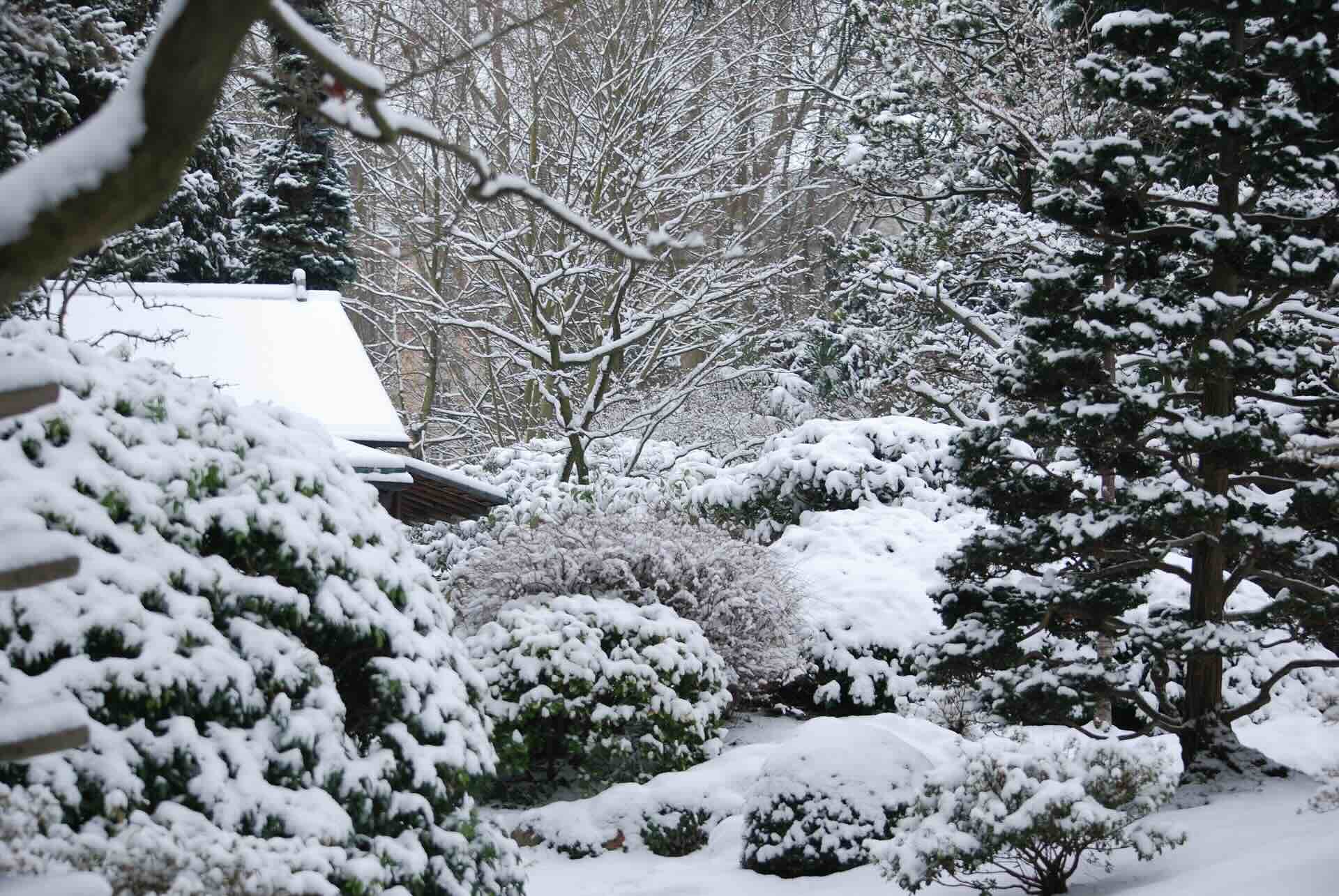

Garden Essentials
How To View Greenery During Winter
Modified: March 7, 2024
Discover the secret to enjoying lush gardens even during the winter with our expert tips. Learn how to create a vibrant winter garden and admire the stunning greenery all year long.
(Many of the links in this article redirect to a specific reviewed product. Your purchase of these products through affiliate links helps to generate commission for Storables.com, at no extra cost. Learn more)
Introduction
As the winter season rolls in, the once vibrant and colorful landscapes transform into a frosty and monochromatic scene. Many garden enthusiasts and nature lovers may feel a sense of longing for the lush greenery that defines the warmer months. However, even during the winter, there are ways to view and experience the beauty of greenery.
Greenery not only adds visual appeal but also provides numerous benefits to our well-being. Research has shown that spending time in nature can reduce stress levels, boost moods, and improve overall mental health. With this in mind, seeking out green spaces during the winter becomes even more valuable.
In this article, we will explore various ways to view greenery during the winter season. Whether you’re looking for outdoor parks, indoor gardens, or even botanical events, we have a range of options to share. So, let’s dive in and discover the beauty of greenery during the winter months.
Key Takeaways:
- Embrace the winter by exploring local parks, indoor gardens, and winter botanical events to experience the beauty and benefits of greenery, even in the colder months.
- Seek out evergreen trees, indoor conservatories, and urban rooftop gardens to find greenery during winter, boosting your mood and connecting with nature.
Read more: How To Store Plants During Winter
Importance of Greenery in Winter
While winter may be synonymous with cold temperatures and dormant landscapes, the presence of greenery is still crucial during this season. Greenery brings life to the surroundings and offers a refreshing and calming influence on our well-being. Here are a few reasons why greenery is essential, even in the winter months:
1. Psychological Well-being: The sight of greenery has a positive effect on our mental health. It can help alleviate stress, reduce anxiety, and improve overall well-being. During the colder months when sunlight is limited, being exposed to greenery can help boost our mood and improve our mental state.
2. Connection to Nature: Being surrounded by greenery, even in the winter, allows us to maintain our connection to the natural world. It reminds us of the cyclic nature of seasons and the resilience of nature. This connection can help instill a sense of peace and harmony within us.
3. Environmental Benefits: Greenery plays a vital role in the environment, even during winter. Plants help absorb carbon dioxide and release oxygen, improving air quality. They also provide habitat for wildlife and contribute to overall biodiversity. Ensuring the presence of greenery helps maintain a healthy and balanced ecosystem.
4. Physical Health: Being in green spaces has been shown to have numerous physical health benefits. It encourages physical activity and promotes a healthier lifestyle. Even during winter, green spaces can provide opportunities for activities such as winter hikes, skiing, or snowshoeing.
5. Aesthetic Value: Greenery adds aesthetic appeal to our surroundings, even in the midst of winter’s barren landscapes. It creates a sense of beauty and tranquility, enhancing the overall atmosphere. Furthermore, the colors and textures of evergreen trees and shrubs can create a striking contrast against the snow-covered backdrop.
By recognizing the importance of greenery in winter, we can prioritize finding ways to incorporate it into our lives. Whether it’s visiting local parks, exploring indoor gardens, or participating in winter botanical events, there are several opportunities to experience the beauty and benefits of greenery during the colder months.
Choosing the Right Locations
When it comes to viewing greenery during winter, choosing the right locations can greatly enhance your experience. Here are some factors to consider when selecting your destinations:
1. Climate: Depending on your geographical location, some areas may have milder winters than others. Research the climate of different regions to find places where greenery thrives even in colder temperatures. This will increase your chances of finding lush landscapes during the winter months.
2. Evergreen Trees and Shrubs: Look for locations that have a significant presence of evergreen trees and shrubs. These plants retain their green foliage throughout the year, offering a vivid contrast to the winter surroundings. Parks or gardens with a variety of evergreens will provide a constant source of greenery.
3. Winter Botanical Gardens: Some botanical gardens have specialized indoor areas dedicated to showcasing winter greenery. These spaces are designed to maintain constant temperature and humidity levels, providing optimal conditions for plants to thrive. Visit nearby botanical gardens to explore their winter displays and enjoy a vibrant oasis of greenery.
4. Local Nurseries: Pay a visit to local nurseries or garden centers that offer winter plants. They often have a variety of cold-hardy plants suited for the season. Browse their winter selection and bring some greenery home to create your own winter oasis.
5. Local Parks and Forests: Research parks and forests in your area to find out if they have designated winter trails or areas with evergreen trees. These natural landscapes can be a treasure trove of greenery during winter. Enjoy a leisurely walk or hike through the trails and revel in the beauty of nature’s resilience.
By carefully selecting locations that prioritize greenery during winter, you can ensure a fulfilling and inspiring experience. Each destination offers its unique charm and can provide a much-needed dose of greenery when the world outside may appear bleak.
Local Parks and Gardens
Local parks and gardens are excellent places to find greenery during the winter season. Despite the cold temperatures, many parks and gardens are adorned with evergreen trees, shrubs, and other winter-resistant plants that bring color and life to the surroundings. Here are a few ways to make the most of local parks and gardens during winter:
1. Explore Winter Trails: Many parks have designated winter trails that are accessible even during the colder months. These trails often wind through wooded areas and offer opportunities to immerse yourself in a winter wonderland of greenery. Bundle up, put on your walking shoes, and enjoy the peaceful serenity of nature.
2. Discover Plant Collections: Some parks and gardens have specialized plant collections that feature winter-interest plants. These collections showcase species that display unique characteristics during the winter, such as colorful berries, interesting bark textures, or persistent seed heads. Explore these collections to appreciate the diversity and beauty of winter vegetation.
3. Attend Winter Workshops and Events: Many parks and gardens offer workshops and events during the winter months. These activities may focus on winter gardening techniques, indoor plant care, or even holiday-themed events. Participating in these workshops not only allows you to learn valuable information but also gives you the opportunity to surround yourself with fellow green enthusiasts.
4. Capture Winter Scenes: Local parks and gardens provide a picturesque backdrop for photography during winter. Take your camera or smartphone and capture the beauty of frosty landscapes, evergreen branches blanketed in snow, or birds perched on winter berries. The natural beauty of these locations can result in stunning images that you can cherish and share.
5. Enjoy Picnics or Outdoor Gatherings: Some parks have designated picnic areas or outdoor gathering spots that are accessible during the winter months. Pack a thermos of warm drinks and some snacks, and find a comfortable spot with a view of evergreen trees. Enjoy a cozy picnic while taking in the green surroundings, creating memorable and enjoyable moments with friends and family.
Remember to check the operating hours and any specific guidelines set by the parks or gardens before your visit. With proper planning, local parks and gardens can become your sanctuary for greenery during the winter season.
Indoor Green Spaces
When the temperatures drop and the weather becomes unbearable, indoor green spaces offer a cozy and inviting escape. These indoor environments allow you to enjoy the beauty of greenery and experience the benefits it brings, even during the winter months. Here are some indoor green spaces to consider:
1. Botanical Gardens and Conservatories: Botanical gardens and conservatories are ideal places to immerse yourself in a lush oasis of greenery. These indoor spaces house a wide variety of plants from different regions of the world. Stroll through the pathways, marvel at the diverse plant species, and breathe in the fresh, oxygen-rich air. Many botanical gardens and conservatories also showcase themed exhibits, providing an educational and sensory experience.
2. Indoor Gardens and Greenhouses: Some cities have indoor gardens or greenhouses that offer year-round access to greenery. These spaces may be attached to shopping centers, hotels, or educational institutions. They often have a wide range of plant species on display, creating a peaceful and serene ambiance. Take your time to explore, relax, and indulge in the beauty of indoor nature.
3. Office Atriums and Indoor Plantings: If you work in an office building with a spacious atrium or common area, you may find indoor plantings that bring a touch of green to the corporate environment. These areas are designed to provide employees with a connection to nature and improve the overall well-being in a work setting. Take breaks in these spaces to recharge and enjoy a serene environment filled with plants.
4. Green Hotels and Resorts: Some hotels and resorts are committed to creating a sustainable and eco-friendly environment. They incorporate indoor green spaces into their design, whether it’s an atrium with towering trees or a lobby filled with beautiful foliage. By staying at these accommodations, you can have a retreat surrounded by greenery, even in the heart of winter.
5. Indoor Vertical Gardens: Indoor vertical gardens, also known as living walls, are becoming increasingly popular in commercial and residential spaces. These installations consist of plants arranged vertically, creating a stunning and visually appealing green backdrop. Some shopping malls, restaurants, and public buildings showcase these vertical gardens, offering a unique indoor green experience.
When visiting indoor green spaces, take the time to appreciate the unique characteristics of each location. Listen to the soothing sound of water features, breathe in the fresh air, and allow yourself to be transported to a world of natural beauty. Indoor green spaces offer a sanctuary of calmness and rejuvenation, making them the perfect refuge during the winter months.
Visit a local botanical garden or conservatory to see greenery during winter. These indoor spaces are filled with a variety of plants and trees that thrive in controlled environments, providing a refreshing and colorful escape from the winter blues.
Read more: How To Keep Grass Green During Winter
Winter Hiking Trails
For outdoor enthusiasts who crave both greenery and adventure during the winter, exploring winter hiking trails is an excellent choice. While the landscape may be blanketed in snow, these trails offer a unique opportunity to enjoy the beauty of greenery in a winter wonderland setting. Here are some tips for making the most of winter hiking trails:
1. Choose Snow-Friendly Trails: Look for hiking trails that are suitable for winter conditions. These trails are often well-marked and well-maintained, allowing for a safer and more enjoyable hiking experience. Check with local park authorities or hiking organizations to find trails that are recommended for winter hiking.
2. Explore Evergreen Forests: Seek out trails that wind through evergreen forests. These forests retain their green foliage throughout the year, providing a beautiful contrast to the snowy surroundings. The sight of towering pines and firs covered in a dusting of snow creates a postcard-worthy scene that will take your breath away.
3. Research Winter Wildlife: Winter hiking trails often offer the opportunity to spot wildlife adapting to the cold season. Research the types of animals that are active during winter in your area. Keep an eye out for tracks in the snow or listen for the chirping of birds amidst the trees. Witnessing wildlife in their natural habitat adds an extra element of excitement to your winter hiking experience.
4. Dress Appropriately: Dressing in layers is essential when hiking in winter conditions. Make sure to wear moisture-wicking base layers, insulating mid-layers, and a waterproof outer layer to protect against snow and cold winds. Don’t forget to wear sturdy boots with good traction and bring necessary cold-weather accessories such as hats, gloves, and scarves.
5. Capture the Beauty: Bring your camera or smartphone along to capture the beauty of the winter hiking trails. Take snapshots of frozen waterfalls, icicles hanging from tree branches, or clusters of evergreen trees covered in snow. These photographs will serve as lasting memories of your winter hiking adventures.
Before setting out on a winter hike, it’s important to be prepared and informed. Check the weather forecast, inform someone of your plans, and pack essentials such as water, snacks, a map, and a first aid kit. By taking proper precautions, you can fully enjoy the magic of winter greenery while staying safe and comfortable on the trails.
Greenhouses and Conservatories
When the winter weather makes it challenging to experience greenery outdoors, greenhouses and conservatories provide a sanctuary of warmth and beauty. These indoor spaces are specifically designed to cultivate and showcase a wide variety of plants, offering a haven for nature enthusiasts, gardeners, and anyone seeking respite from the cold. Here’s why you should consider visiting greenhouses and conservatories during the winter:
1. Tropical Escape: Stepping into a greenhouse or conservatory instantly transports you to a tropical paradise. These indoor spaces are often heated to create a tropical microclimate, allowing exotic plants to thrive. Immerse yourself in a lush environment filled with palm trees, colorful blooms, and the soothing sound of flowing water. It’s a perfect escape from the winter blues.
2. Plant Diversity: Greenhouses and conservatories house an impressive array of plants from various regions around the world. From towering ferns to delicate orchids, you can explore a diverse collection of foliage that showcases the beauty and uniqueness of different plant species. Take your time to appreciate the intricate details of each plant and discover new favorites.
3. Educational Opportunities: Many greenhouses and conservatories offer educational programs and guided tours. Joining these activities allows you to learn about the different plants, their natural habitats, and the efforts taken to recreate optimal growing conditions. You’ll gain valuable insights into plant care, propagation techniques, and the importance of conserving biodiversity.
4. Therapeutic Environment: The presence of greenery has been shown to have a positive impact on our well-being. Spending time in greenhouses and conservatories offers a therapeutic experience, reducing stress and promoting relaxation. Soothe your senses as you breathe in the invigorating scents and admire the vibrant colors that surround you.
5. Winter Gardening Inspiration: Visiting greenhouses and conservatories during winter can inspire your own gardening efforts. Observe how plants are carefully arranged and learn about the techniques used to maintain optimal growing conditions. Take note of the winter-interest plants that add beauty to the indoor environment and consider incorporating them into your own winter garden or indoor plant collection.
Whether you’re a plant enthusiast, a nature lover, or simply seeking a tranquil retreat, greenhouses and conservatories offer a haven of greenery and warmth during the winter season. Shed your winter layers, step inside, and let the vibrant world of plants envelop you.
Urban Rooftop Gardens
Urban rooftop gardens are a growing trend in city landscapes, providing a unique and innovative way to incorporate greenery into urban environments. These elevated green spaces not only add aesthetic value but also offer numerous environmental and social benefits. Here’s why urban rooftop gardens are worth exploring during the winter:
1. Maximizing Space: In densely populated urban areas, land is at a premium. Rooftop gardens allow for the efficient use of space that would otherwise go unused. By transforming rooftops into green havens, urban dwellers can connect with nature and experience the benefits of greenery without compromising valuable ground space.
2. Environmental Benefits: Rooftop gardens help mitigate some of the environmental challenges in urban areas. They absorb carbon dioxide, filter pollutants from the air, and reduce the urban heat island effect by providing shade and insulation. These gardens also help improve stormwater management by absorbing rainwater and reducing runoff, contributing to a more sustainable urban ecosystem.
3. Beautifying the Skyline: Urban rooftops are often overlooked and underutilized spaces. Rooftop gardens transform these unused areas into lush landscapes, adding visual appeal and contributing to the aesthetics of the city skyline. When covered in greenery, rooftops become vibrant and inviting, enhancing the overall ambiance of urban environments.
4. Community Spaces: Rooftop gardens can serve as communal spaces for residents and workers in urban buildings. They create opportunities for social interaction, community gardening projects, and organized events. Urban rooftop gardens provide a calm retreat from the bustling city below, fostering a sense of community and well-being.
5. Winter Interest: Rooftop gardens can be designed to incorporate plants with winter interest. Evergreen trees, shrubs, and cold-hardy perennials can provide an attractive display of greenery even during the winter months. Adding elements such as colorful winter berries, ornamental grasses, or cold-tolerant flowers can infuse the rooftop garden with beauty and vibrancy throughout the winter season.
When exploring urban rooftop gardens, keep in mind that access may be restricted to residents or employees of the building. However, some rooftop gardens are open to the public or offer tours and events during specific times. Check with local building management or city initiatives to find out if rooftop gardens are accessible in your area.
Urban rooftop gardens have transformed the way we think about green spaces in cities. Embrace the opportunity to explore these elevated paradises during the winter, and witness firsthand how greenery thrives in the midst of urban landscapes.
Winter Botanical Events
While winter may be a season known for its cold temperatures and dormant landscapes, there are special botanical events that bring a burst of color and life to the winter months. These events offer a unique opportunity to view greenery, explore new plant varieties, and participate in festivities centered around winter flora. Here are a few winter botanical events to consider:
1. Winter Flower Shows: Many botanical gardens and horticultural societies host winter flower shows that feature stunning displays of flowers and plants in full bloom. These shows often showcase winter-blooming plants and vibrant floral arrangements created by skilled gardeners and florists. Wander through the exhibits and immerse yourself in a world of color and fragrance, offering a respite from the winter chill.
2. Orchid Exhibitions: Orchids are renowned for their exotic beauty and ability to bloom during the winter season. Orchid exhibitions are a popular attraction during winter, offering a chance to admire a diverse array of these captivating flowers. Marvel at the intricate shapes, vibrant colors, and delicate fragrance of orchids in full bloom, a treat for the senses.
3. Festive Garden Light Displays: Many botanical gardens illuminate their landscapes during winter with captivating light displays. Stroll through the illuminated pathways as the garden is transformed into a magical wonderland. Enjoy the enchanting glow of twinkling lights and the unique ambiance created by the combination of greenery and artful lighting arrangements.
4. Holiday-themed Events: During the holiday season, botanical gardens often host special events that combine festive decorations with winter greenery. These events may include holiday-themed plant exhibits, concerts, craft fairs, or even visits from Santa Claus. Embrace the holiday spirit, explore the festive displays, and participate in the seasonal activities.
5. Winter Gardening Workshops: Expand your gardening knowledge by attending winter gardening workshops and seminars. These events may focus on topics such as winter plant care, seasonal gardening tips, or creating winter interest in your garden. Learn from gardening experts, exchange ideas with fellow enthusiasts, and leave with inspiration to enhance your own winter garden.
When planning to attend winter botanical events, be sure to check the event schedules, admission fees, and any specific guidelines or restrictions. Dress warmly, as some events may take place partly or entirely outdoors. Capture the beauty of these events through photographs, and allow yourself to be immersed in the joy and celebration of winter greenery.
Winter botanical events breathe life into the colder months, showcasing the resilience and beauty of plants during a time when nature appears to be dormant. Give yourself the gift of experiencing these unique events and witness the magic that unfolds amidst the winter greenery.
Read more: What Greenery Will Grow In Winter
Conclusion
While winter may be associated with barren landscapes and dormant vegetation, there are numerous ways to view and experience the beauty of greenery during this season. Whether it’s through exploring local parks and gardens, seeking refuge in indoor green spaces, embarking on winter hiking trails, visiting greenhouses and conservatories, or attending winter botanical events, the opportunities to embrace greenery during winter are plentiful.
Greenery during the winter months is not just visually appealing; it also offers a range of benefits. Spending time in nature, even in its winter form, has been proven to reduce stress, boost mood, and enhance overall well-being. It allows us to maintain our connection to the natural world and reminds us of the resilience of nature.
By carefully choosing the right locations, such as parks and gardens with evergreen trees or indoor spaces that cultivate tropical plants, you can immerse yourself in a vibrant oasis of greenery. Urban rooftop gardens provide a unique perspective, showcasing how cities can incorporate green spaces to enhance the well-being and sustainability of urban environments.
Winter hiking trails offer the opportunity to experience greenery in a snowy landscape, where evergreen forests create a striking contrast against the white backdrop. Greenhouses and conservatories provide warmth and shelter, allowing us to explore fascinating plant collections and indulge in the therapeutic environment they offer.
Winter botanical events, from flower shows to festive light displays, bring life and color to the winter season. These events highlight the beauty of winter-blooming plants and create a magical atmosphere that celebrates the spirit of the season.
In conclusion, experiencing greenery during winter is not only possible but highly rewarding. Whether outdoors or indoors, there are ample opportunities to view, appreciate, and immerse ourselves in the beauty of greenery during the colder months. So, embrace the season, seek out these green spaces, and let the vibrant colors, fresh scents, and calming presence of greenery bring warmth and joy to your winter adventures.
Frequently Asked Questions about How To View Greenery During Winter
Was this page helpful?
At Storables.com, we guarantee accurate and reliable information. Our content, validated by Expert Board Contributors, is crafted following stringent Editorial Policies. We're committed to providing you with well-researched, expert-backed insights for all your informational needs.

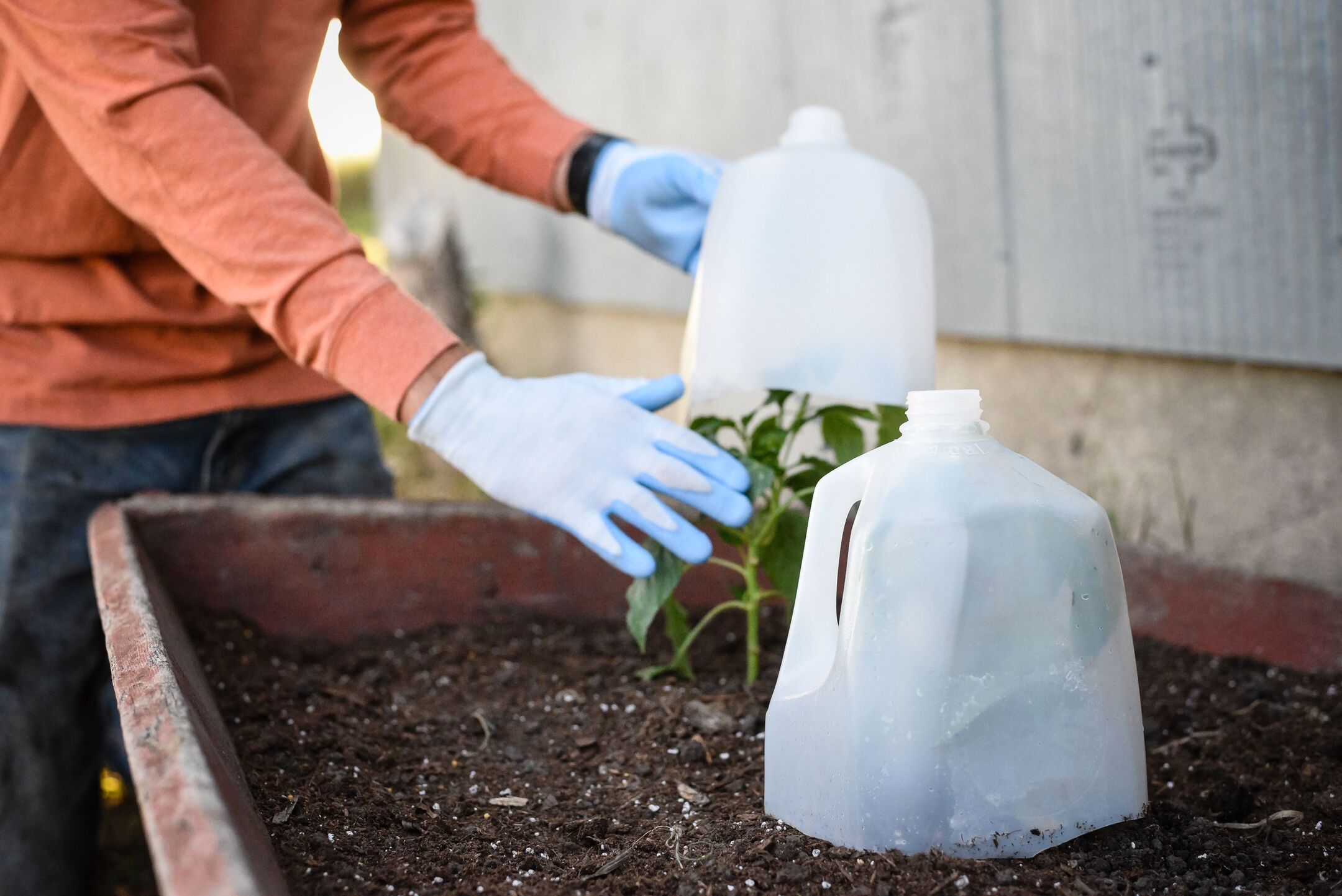



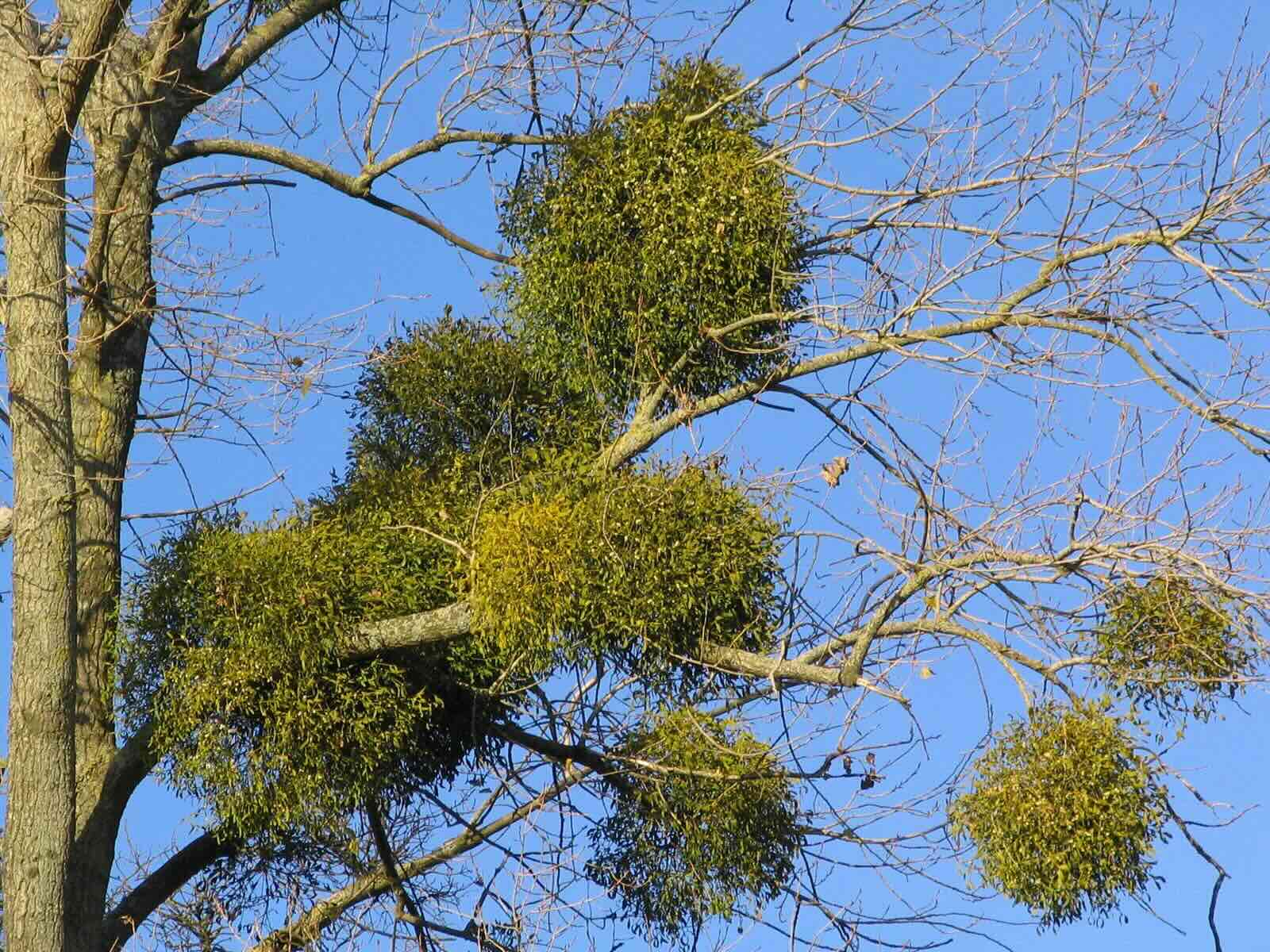
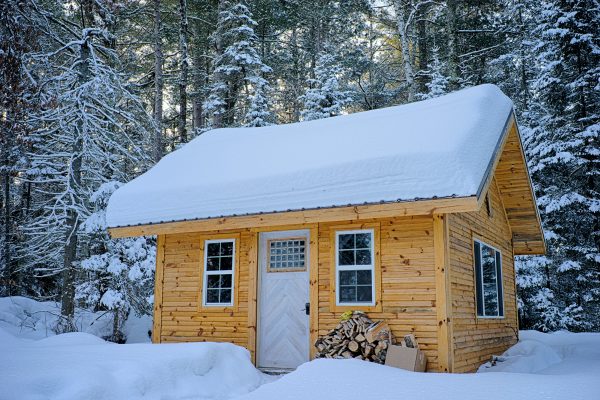
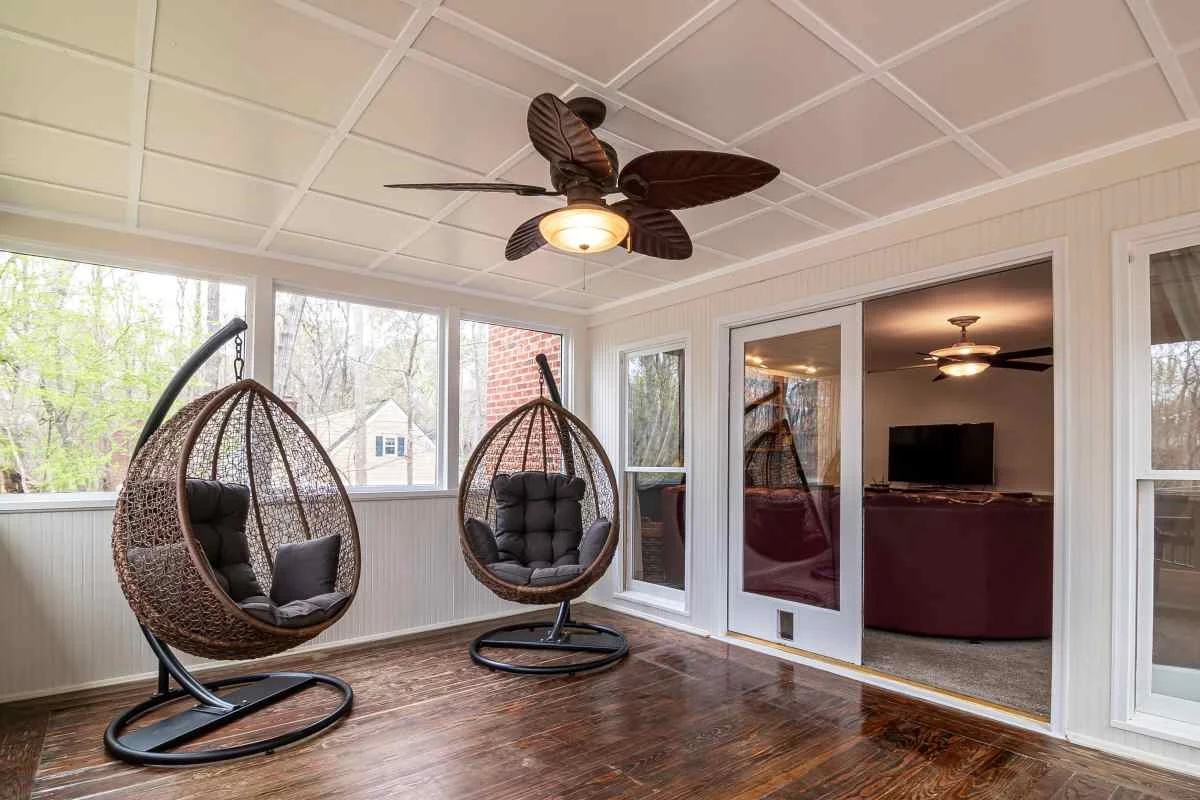
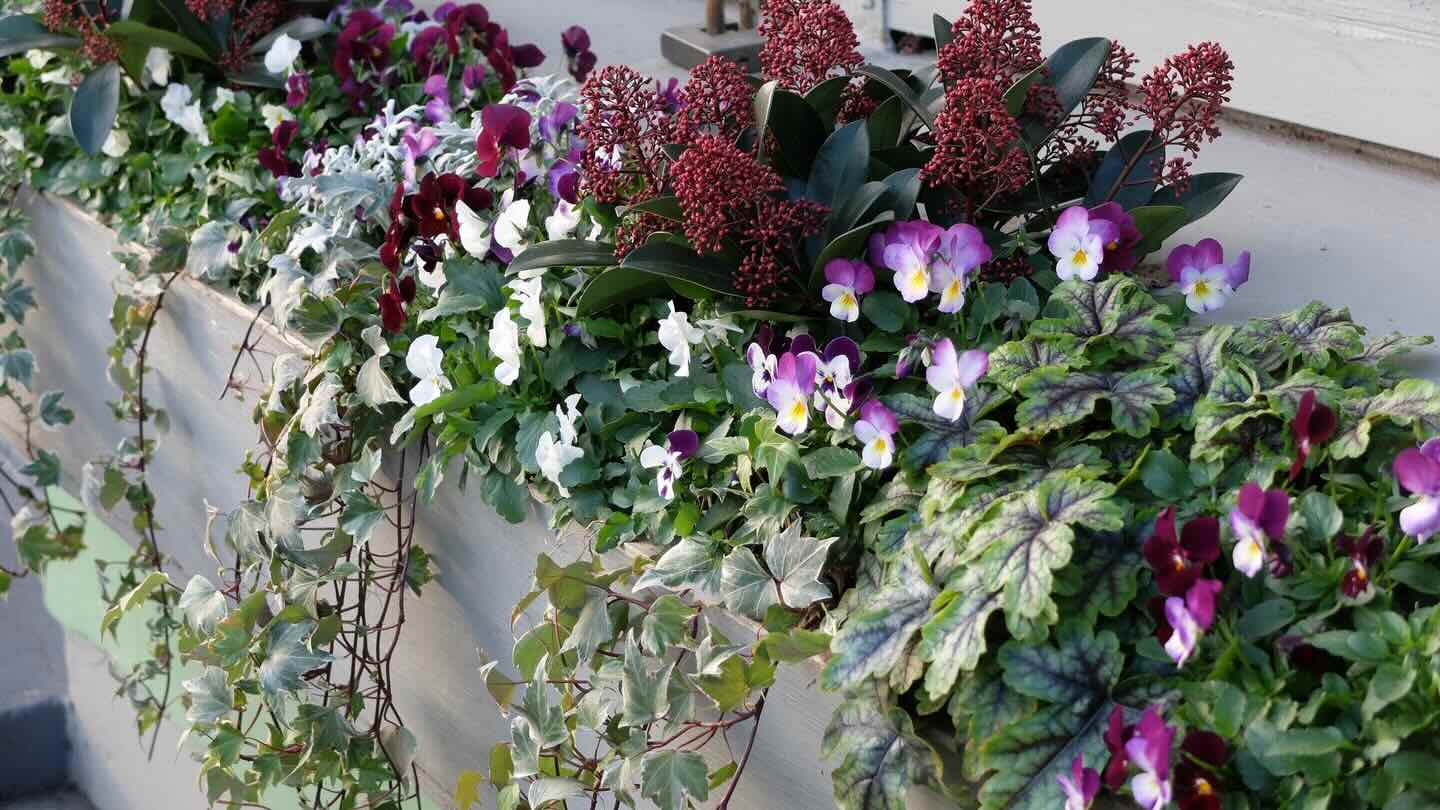
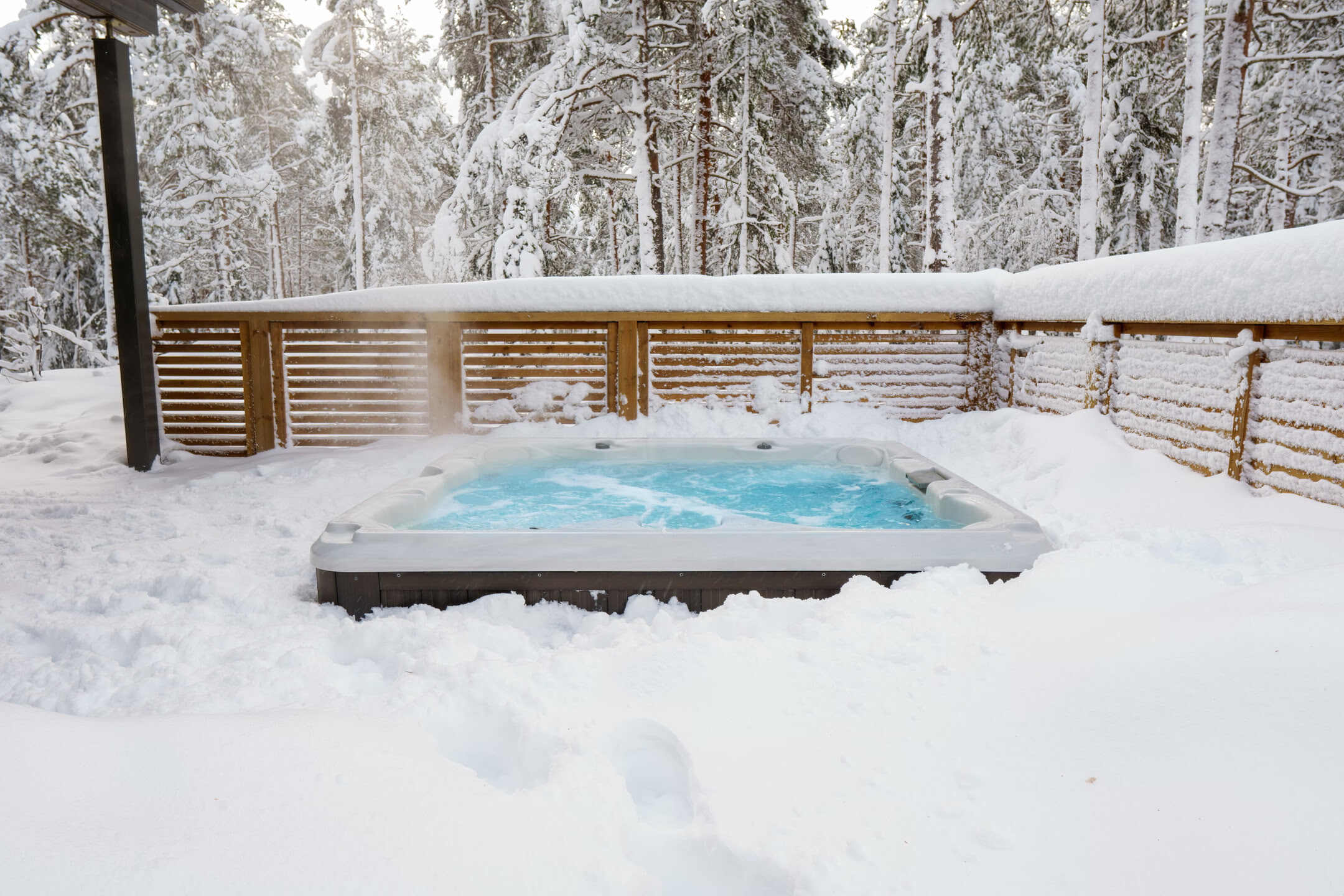


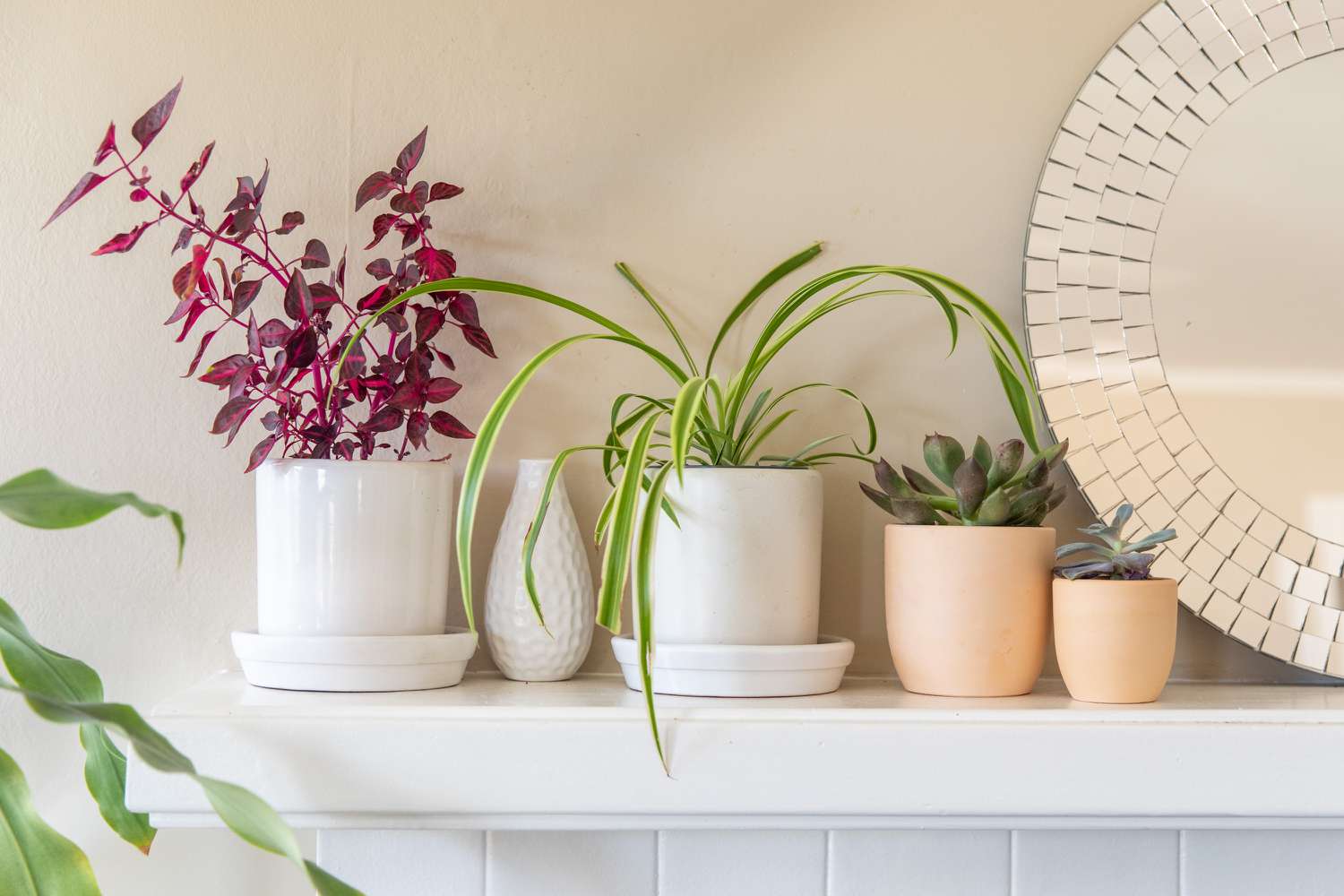

0 thoughts on “How To View Greenery During Winter”